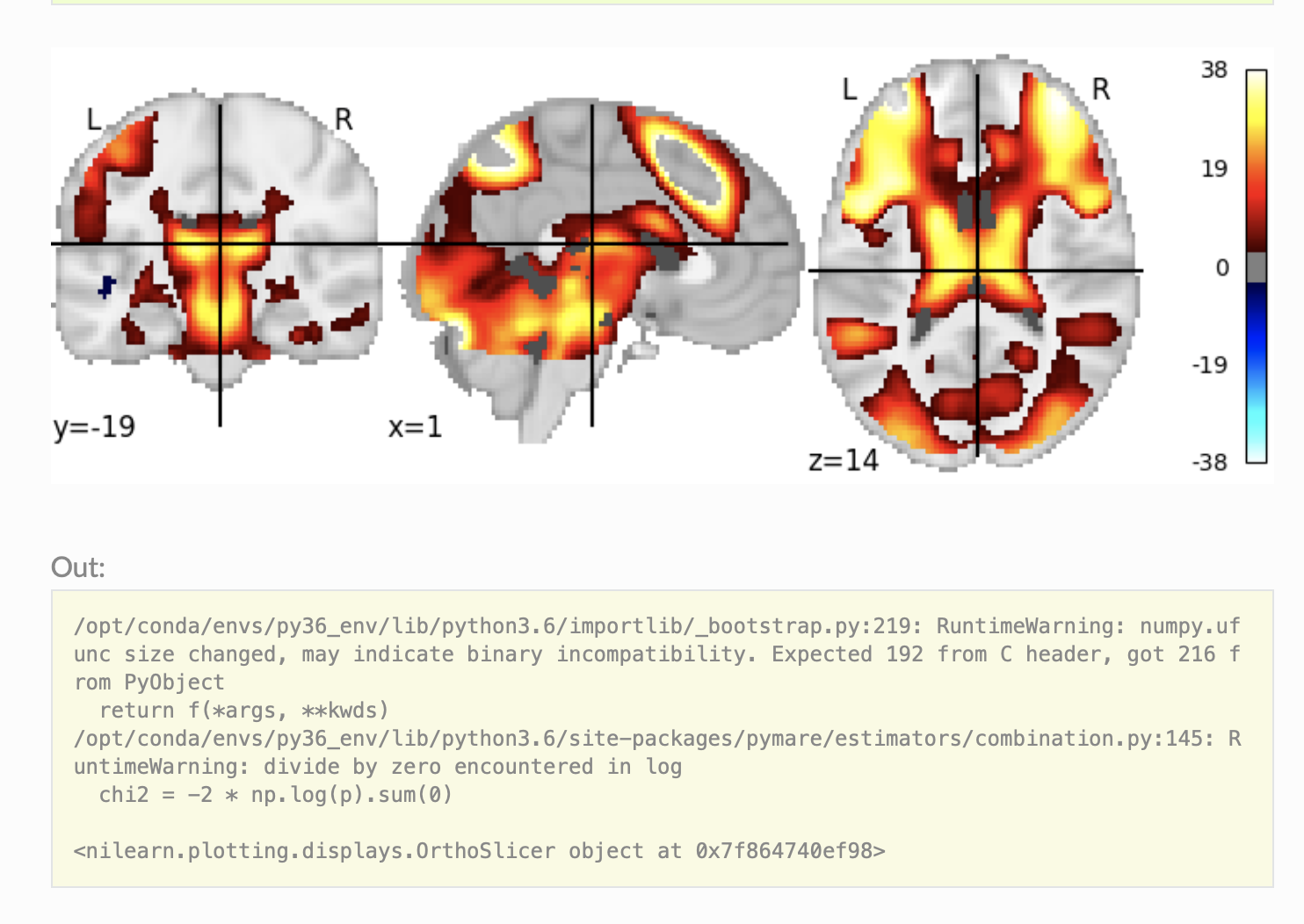A Python library for mixed-effects meta-regression (including meta-analysis).
PyMARE is alpha software under heavy development; we reserve the right to make major changes to the API.
Install PyMARE from PyPI:
pip install pymare
Or for the bleeding-edge GitHub version:
pip install git+https://github.com/neurostuff/pymare.git
Suppose we have parameter estimates from 8 studies, along with corresponding variances, and a single (fixed) covariate:
y = np.array([-1, 0.5, 0.5, 0.5, 1, 1, 2, 10]) # study-level estimates
v = np.array([1, 1, 2.4, 0.5, 1, 1, 1.2, 1.5]) # study-level variances
X = np.array([1, 1, 2, 2, 4, 4, 2.8, 2.8]) # a fixed study-level covariateWe can conduct a mixed-effects meta-regression using restricted maximum-likelihood (ReML)estimation in PyMARE using the high-level meta_regression function:
from pymare import meta_regression
result = meta_regression(y, v, X, names=['my_cov'], add_intercept=True,
method='REML')
print(result.to_df())This produces the following output:
name estimate se z-score p-val ci_0.025 ci_0.975
0 intercept -0.106579 2.993715 -0.035601 0.971600 -5.974153 5.760994
1 my_cov 0.769961 1.113344 0.691575 0.489204 -1.412153 2.952075
Alternatively, we can achieve the same outcome using PyMARE's object-oriented API (which the meta_regression function wraps):
from pymare import Dataset
from pymare.estimators import VarianceBasedLikelihoodEstimator
# A handy container we can pass to any estimator
dataset = Dataset(y, v, X)
# Estimator class for likelihood-based methods when variances are known
estimator = VarianceBasedLikelihoodEstimator(method='REML')
# All estimators expose a fit_dataset() method that takes a `Dataset`
# instance as the first (and usually only) argument.
estimator.fit_dataset(dataset)
# Post-fitting we can obtain a MetaRegressionResults instance via .summary()
results = estimator.summary()
# Print summary of results as a pandas DataFrame
print(result.to_df())And if we want to be even more explicit, we can avoid the Dataset abstraction
entirely (though we'll lose some convenient validation checks):
estimator = VarianceBasedLikelihoodEstimator(method='REML')
# X must be 2-d; this is one of the things the Dataset implicitly handles.
X = X[:, None]
estimator.fit(y, v, X)
results = estimator.summary()



